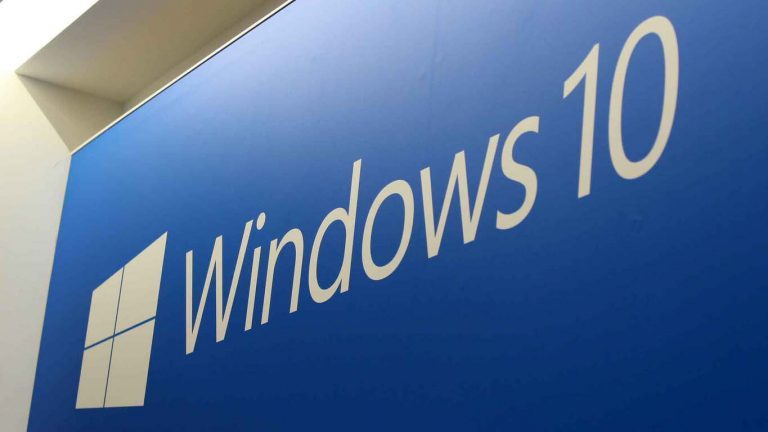On top of all the new features and tweaks that came with the new build 16226, there were some changes that came along that are going to affect the lives of IT professionals. Most of us won’t be seeing the effects of this, but Microsoft figured it would be a pretty big deal for those in the industry. Here’s what Microsoft had to say about their biggest changes – the removal of SMB1 and the addition of some new Hyper-V improvements.
Improvements for IT Pros
Windows 10 and SMB1: As part of a multi-year security plan, we are removing the SMB1 networking protocol from Windows by default. This build has this change, however the change only affects clean installations of Windows, not upgrades. We are making this change to reduce the attack surface of the OS. Here are some more details to take note of:
- All Home and Professional editions now have the SMB1 server component uninstalled by default. The SMB1 client remains installed. This means you can connect to devices from Windows 10 using SMB1, but nothing can connect to Windows 10 using SMB1. We still recommend you uninstall SMB1 if you are not using it. In a later feature update of Windows 10, we may uninstall SMB1 client if we detect that you are not using it.
- All Enterprise and Education editions have SMB1 totally uninstalled by default.
- The removal of SMB1 means the removal of the legacy Computer Browser service. The Computer Browser depends exclusively on SMB1 and cannot function without it.
For more information on why SMB1 is being removed, see: https://aka.ms/stopusingsmb1
Hyper-V Improvements: Share your VMs with ease with the new VM Sharing feature! On today’s build you’ll find a new icon in Virtual Machine Connection that will compress your VM into a “.vmcz” file. Double click this file on your destination machine to start importing the VM – easy as that!
While they aren’t the most glamorous changes for most users, these consist of some important housekeeping that make the jobs of IT workers that much easier. Hopefully, they make their way into the live builds without any unforeseen issues.


